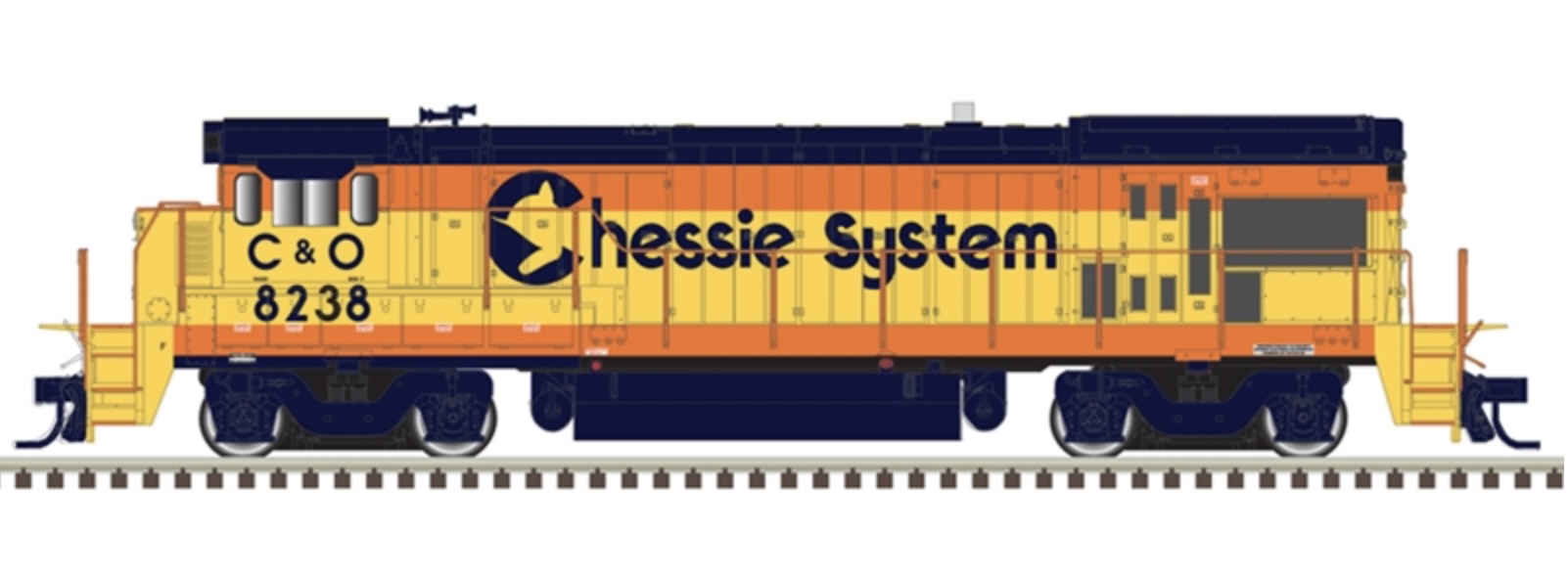Specific Item Information: Post nationalisation, most bulk grain transportation was performed by rail and British Railways based its new standardised grain hopper on the LMS steel bodied grain hopper design with a 10ft 6 inch wheelbase and 21ft body. These wagons normally ran in small rakes of between 2 and 10 wagons as part of a general mixed goods train. The bulk grain was discharged from the wagon via a bottom discharge chute and then via an auger to the waiting road transport. The bulk transportation of grain grew during the 1960s and 70s as Britain exported grain overseas. However this net export had diminished by the early 1990s and the bulk movement of grain by rail became uneconomic. Today the proportion of grain transported in bulk is a very small proportion and ironically most grain is now transported in sacks as it was before the advent of rail freight services.
Road Name History: The London, Midland and Scottish Railway (LMS) was a British railway company. It was formed on 1 January 1923 under the Railways Act of 1921, which required the grouping of over 120 separate railways into four. The companies merged into the LMS included the London and North Western Railway, Midland Railway, the Lancashire and Yorkshire Railway (which had previously merged with the London and North Western Railway on 1 January 1922), several Scottish railway companies (including the Caledonian Railway), and numerous other, smaller ventures.
The resulting company was an unwieldy construction, with numerous interests other than railway operation. Besides being the world's largest transport organisation, it was also the largest commercial enterprise in the British Empire and the United Kingdom's second largest employer, after the Post Office. The LMS also claimed to be the largest joint stock organisation in the world.
In 1938, the LMS operated 6,870 miles (11,056 km) of railway (excluding its lines in Northern Ireland), but its profitability was generally disappointing, with a rate of return of only 2.7%. Under the Transport Act 1947, along with the other members of the "Big Four" British railway companies (GWR, LNER and SR), the LMS was nationalised on 1 January 1948, becoming part of the state-owned British Railways.
The LMS was the largest of the Big Four railway companies serving routes in England, Northern Ireland, Scotland and Wales.
From Wikipedia
The resulting company was an unwieldy construction, with numerous interests other than railway operation. Besides being the world's largest transport organisation, it was also the largest commercial enterprise in the British Empire and the United Kingdom's second largest employer, after the Post Office. The LMS also claimed to be the largest joint stock organisation in the world.
In 1938, the LMS operated 6,870 miles (11,056 km) of railway (excluding its lines in Northern Ireland), but its profitability was generally disappointing, with a rate of return of only 2.7%. Under the Transport Act 1947, along with the other members of the "Big Four" British railway companies (GWR, LNER and SR), the LMS was nationalised on 1 January 1948, becoming part of the state-owned British Railways.
The LMS was the largest of the Big Four railway companies serving routes in England, Northern Ireland, Scotland and Wales.
From Wikipedia
Brand/Importer Information: Dapol Ltd is a Welsh model railway manufacturer based in Chirk, Wales. The factory where design and manufacturing take place is just over the border in England. The company is known for its model railway products in N gauge and OO gauge. Dapol's name is a play on its founders David and Pauline Boyle's names. He owned a model concern Highfield Birds & Models. In 1981 he first tried to buy the Airfix and Mainline ranges. The Dapol brand name was first used in a Railway Modeller advert of September 1983. The first Dapol wagons (for OO) were announced to become available on 20 November 1983. From 1 March 1984 ex Airfix railway kits became available.
Dapol manufactures a growing range of N gauge locomotives, coaches and wagons, and is the main competitor of Graham Farish in the British 'ready-to-run' market. Continuous improvement in model specifications has led to the introduction of 40:1 gearing in locomotive drive mechanisms, NEM couplings on all stock, and LED lighting strips for coaching stock (yellow for 'older' coaches, to represent incandescent illumination, and white for more modern coaches and EMUs to represent fluorescent fittings).
Dapol manufactures a growing range of N gauge locomotives, coaches and wagons, and is the main competitor of Graham Farish in the British 'ready-to-run' market. Continuous improvement in model specifications has led to the introduction of 40:1 gearing in locomotive drive mechanisms, NEM couplings on all stock, and LED lighting strips for coaching stock (yellow for 'older' coaches, to represent incandescent illumination, and white for more modern coaches and EMUs to represent fluorescent fittings).
Item created by: CNW400 on 2022-01-18 14:19:15
If you see errors or missing data in this entry, please feel free to log in and edit it. Anyone with a Gmail account can log in instantly.
If you see errors or missing data in this entry, please feel free to log in and edit it. Anyone with a Gmail account can log in instantly.









